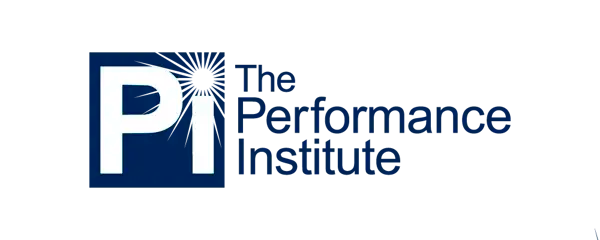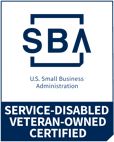This blog is based on Episode 2 of our GovEd Talks Video series: Building a Strong Foundation: Strategies for Navigating Change by Nicole Puri, Chief risk officer, bureau of the fiscal service, Marianne Roth Chief risk officer, consumer financial protection bureau and Meredith Stein Acting Director, Office of management assessment, national institutes of health. (panel: Planting Deep Roots to Withstand the winds of change)
In the previous section of our discussion on a people-centric approach to leadership, we explored the insights shared by someone at the Consumer Financial Protection Bureau (CFPB) and the focus on diversity and inclusion. In this part, we turn our attention to the critical concept of organizational resilience and risk management as perceived by leaders at the Bureau of Fiscal Service and the National Institutes of Health (NIH).
Organizational Resilience: Preparing for Change
The events of 2020 not only emphasized the need for diversity and inclusion but also brought the importance of organizational resilience into the spotlight. Resilience is the ability of an organization to anticipate, prepare, respond, and adapt to a spectrum of changes, from minor daily events to sudden shocks and chronic shifts in the environment.
Growth Mindset and Learning from Experiences:
- Resilience is closely tied to adopting a growth mindset. A growth mindset means perceiving positive and negative experiences as opportunities for learning and growth. This approach involves asking questions like, "How can we improve?" and "What can we learn from this?"
- An organization's leadership plays a pivotal role in setting the tone for either a fixed or growth mindset. Embracing a learning and growth perspective enhances an organization's resilience and its ability to adapt to changes.
NIH's Perspective on Organizational Resilience
The leader at the National Institutes of Health further expands on the concept of organizational resilience.
Technology as a Resilience Enabler:
- Technology played a pivotal role in maintaining operational efficiency during the pandemic. NIH emphasized deploying both existing and new technologies to ensure continued operations. This approach allowed them to work remotely effectively.
- The use of technologies like Microsoft Teams for remote collaboration and maintaining operational effectiveness served as a cornerstone for resilience.
Feedback and Continuous Improvement:
- A key element of NIH's resilience was its commitment to gathering feedback and continuously improving. Leadership actively listened to employee concerns, leading to a proactive approach to problem-solving.
- Establishing a culture of continuous improvement allowed NIH to not only cope with the challenges of the pandemic but also prosper in a remote work environment.
Anticipating Challenges and Planning Ahead:
- Here we highlight the importance of planning for change by anticipating challenges and identifying past experiences where change initiatives encountered obstacles.
- Timing is critical, and early planning is essential to address potential roadblocks effectively.
Leadership Buy-In and Delivering Results:
- Leadership support is crucial for successful change initiatives. Aligning change efforts with agency leadership's goals and values can generate buy-in from key stakeholders.
- Demonstrating results, even if they are incremental, is a powerful motivator. The ability to deliver measurable outcomes through change efforts reinforces the case for change.
Measuring Progress and Setting a Framework:
- Measuring progress and setting up a framework are essential for tracking the impact of change initiatives. Establishing a baseline and defining a path to success provides a clear roadmap for employees.
- Small, tangible results over time can build confidence and support for change initiatives.
In conclusion, organizational resilience, change management, and risk-based approaches are vital components of a people-centric leadership style. The experiences and insights shared by leaders at NIH and the Bureau of Fiscal Service shed light on the importance of fostering a culture of learning, growth, and adaptability within an organization. Embracing technology, actively seeking feedback, and demonstrating results are key elements that contribute to an organization's resilience and success in the face of change.
In the final part of this blog series, we will delve into additional leadership perspectives and explore the role of continuous improvement in achieving organizational excellence.














